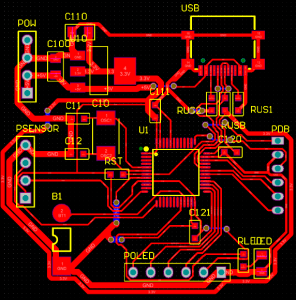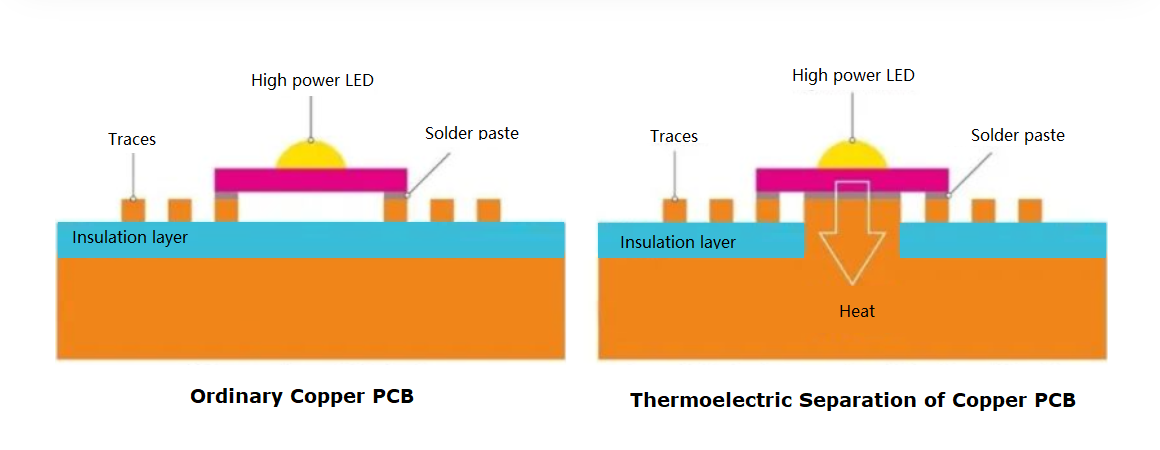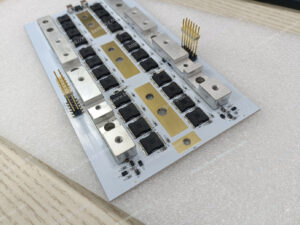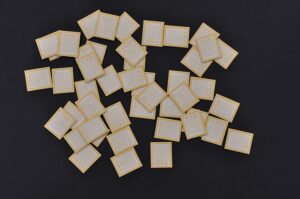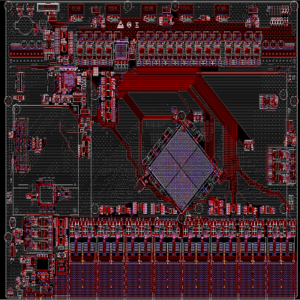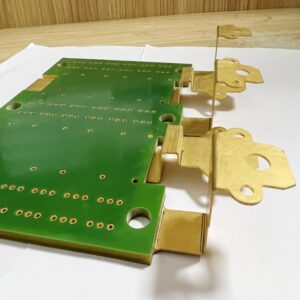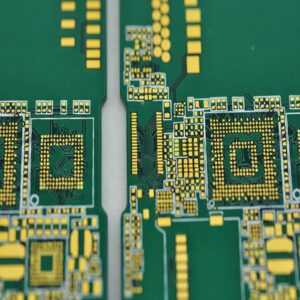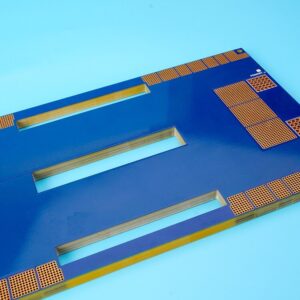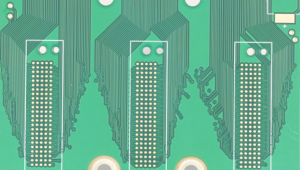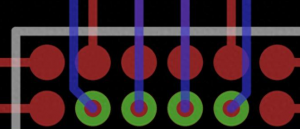IGBT (Insulated Gate Bipolar Transistor) is a bipolar junction transistor (BJT) with a MOS gate, or we can say that an IGBT module is a combination of BJT and MOS module. Despite its small size, the IGBT chip can control the transmission of electrical energy. It can switch the current 100,000 times within 1 second under an ultra-high voltage of 650 million volts.

What is the Working Principle of IGBT?
IGBT combines the features of a transistor and a switching circuit, making it a new type of electronic component that can control current efficiency. Its structure allows it to achieve current control from turn on to off without generating excessive leakage current, as well as not affecting the operation of other circuits.
The working principle of IGBT modules including two parts – the current control of MOS gate and BJT transistor. When the voltage of MOS gate changes, it affects the conduction of the transistor, thus controlling the flow of current. When the BJT comes into play, it controls the flow of current, so that improve the working efficiency of the IGBT.
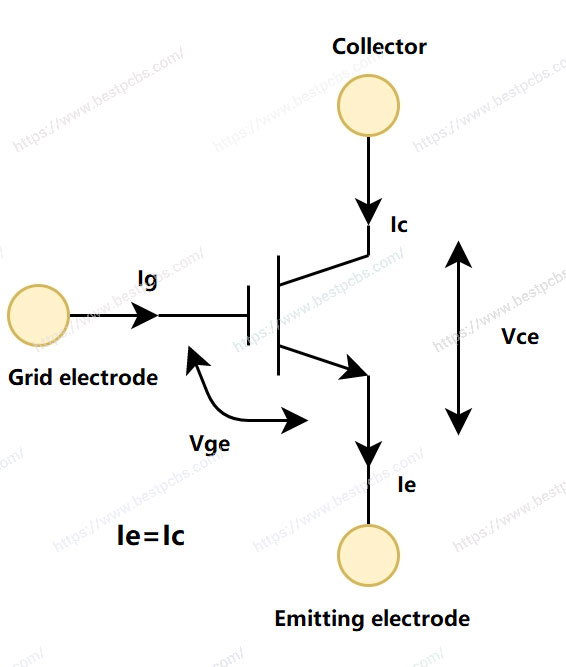
How Does A Ceramic PCB Protect IGBT Modules from Overheat?
As you know, IGBT modules have been applied for many years in various industries such as automotive, industrial, aerospace, consumer electronics, and more. However, optimizing the thermal dissipation of IGBT packaging is crucial to enable the modules to operate at higher power conditions. If heat dissipation is improved, IGBT modules can be used in more advanced applications.
You might be wondering how much heat does an IGBT module generate during running? It’s equivalent to the heat produced by 100 electric furnaces. This substantial amount of heat must be dissipated immediately from the IGBT chip, thatâs why the ceramic circuit board stands out.
In IGBT modules, ceramic PCBs are placed beneath the IGBT chip, or we can say the chip is assembled on the ceramic circuit board. The ceramic PCB connects and supports the chip, rapidly dissipating heat to the outer package. This method protects the chip from the adverse effects of heat.
Why ceramic PCBs Are Suitable for IGBT thermal dissipation?
Ceramic materials exhibit excellent thermal dissipation and electrical insulation properties. Unlike aluminum metal core PCBs, ceramic PCBs do not use insulation layers that hinder heat dissipation. In the manufacturing process of ceramic PCBs, copper foil is directly bonded to the ceramic substrate under high pressure and temperature (it depends on the different technology and different copper thickness). During PCB manufacturing, IGBT and other components are mounted on the circuit board through assembly technology.
Ceramic materials have extremely high insulation capabilities, enduring breakdown voltages up to 20KV/mm. At present, there are three ceramic materials that can be used for IGBT modules, they are 99% or 96%ãAlumina (AlâOâ), Aluminum Nitride (AlN), and Silicon Nitride (SiâNâ).
The thermal conductivity of alumina PCB is 15-35W/mK, aluminum nitride PCB is 170-230W/mK, and silicon nitride PCB is 80+W/mK. In contrast, aluminum core circuit boards only have a thermal conductivity of 1-12W/mK.
Applications of Ceramic PCBs in IGBT Packaging
Alumina PCBs are the most commonly used circuit boards in IGBT modules due to their lower cost. But if IGBT modules have higher power or precision requirements, AlN ceramic PCBs and Si3N4 PCBs are the most suitable choices. Because they have higher thermal dissipation and thermal expansion coefficients (CTE) close to semiconductors. Since different ceramic substrate has different features, the uses of ceramic PCB should depend on the specific requirements of IGBT modules.
In addition, with the development of Silicon Carbide (SiC) and Gallium Nitride (GaN) materials, they are starting to be used for IGBT chips due to their high-frequency, high-power, and high-temperature characteristics. Maybe in the future, aluminum nitride PCBs and silicon carbide PCBs will be increasingly applied to high-power IGBT modules in high-density three-dimensional packaging.
Common Properties of Using Ceramic Circuit Board
- Excellent thermal conductivity and voltage resistance of ceramic substrates.
- Copper trace layers has extremely high current-carrying capacity.
- Strong adhesion and reliability between circuit layers and ceramic substrates.
- Good soldering performance, suitable for wire bonding.
How to Solve the Overheat Issues in IGBT?
Though the ceramic PCB is good at heat dissipation, there still some overheat occasions happened if small power or long-time operation. Here we summarized some solutions for such issues.
1. Clean the heat sink to ensure tight contact between the IGBT and the heat sink.
2. Clean the fan, including the fan blades and lubricate the bearings if needed.
3. Clear the airflow path of the fan.
4. Replace with higher power IGBTs, ensuring the withstand voltage is not lower than the original IGBT’s value.
Above all are the information that weâd shared, welcome to contact us if you want to know more. Best Technology is a historic company which has over 17 years PCB manufacturing experience, here you can enjoy the one-stop ODM & OEM service, one-to-one after sales, quick delivery and high-quality products.








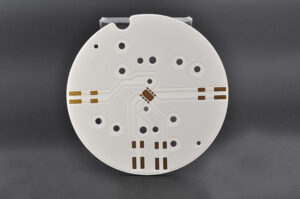
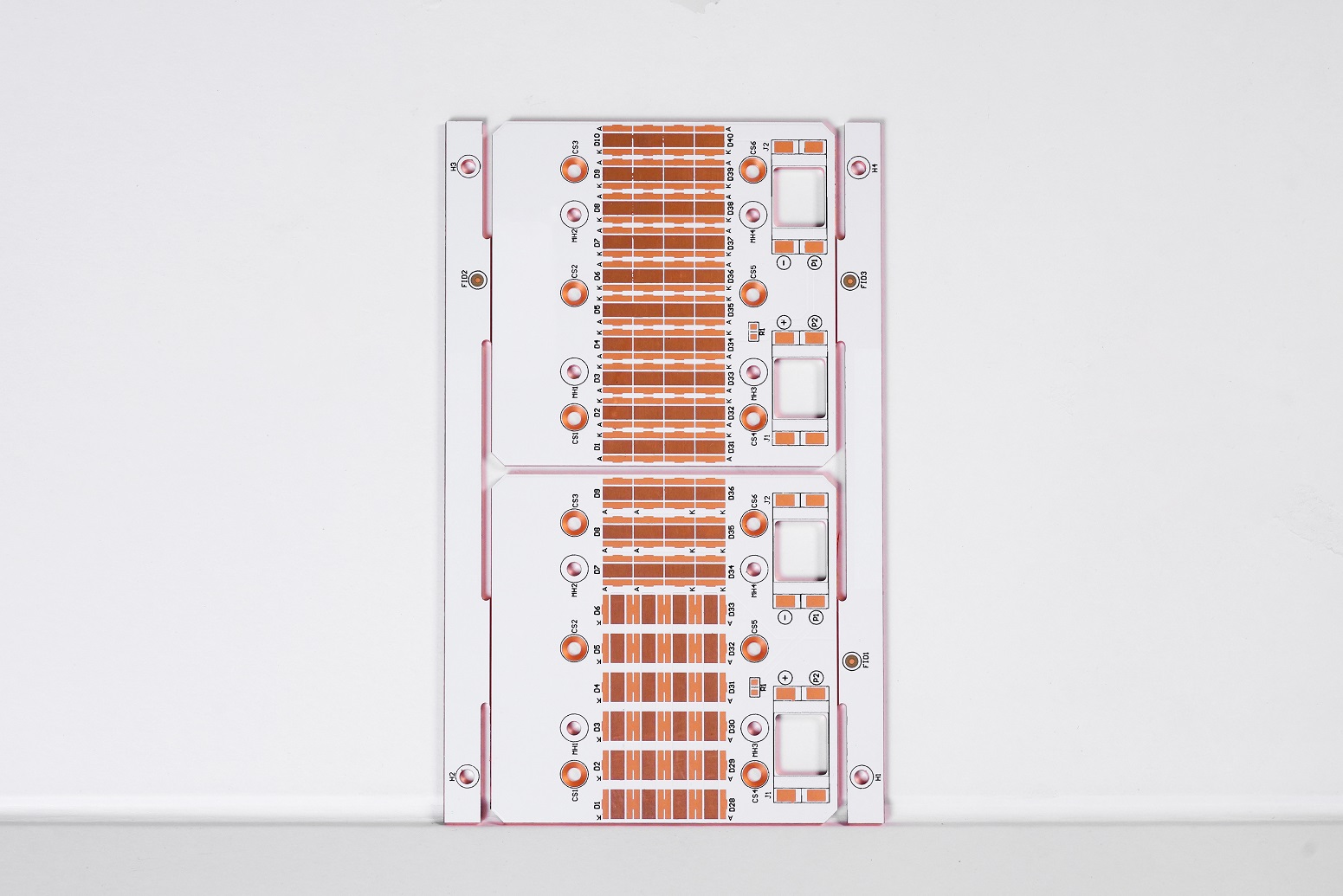
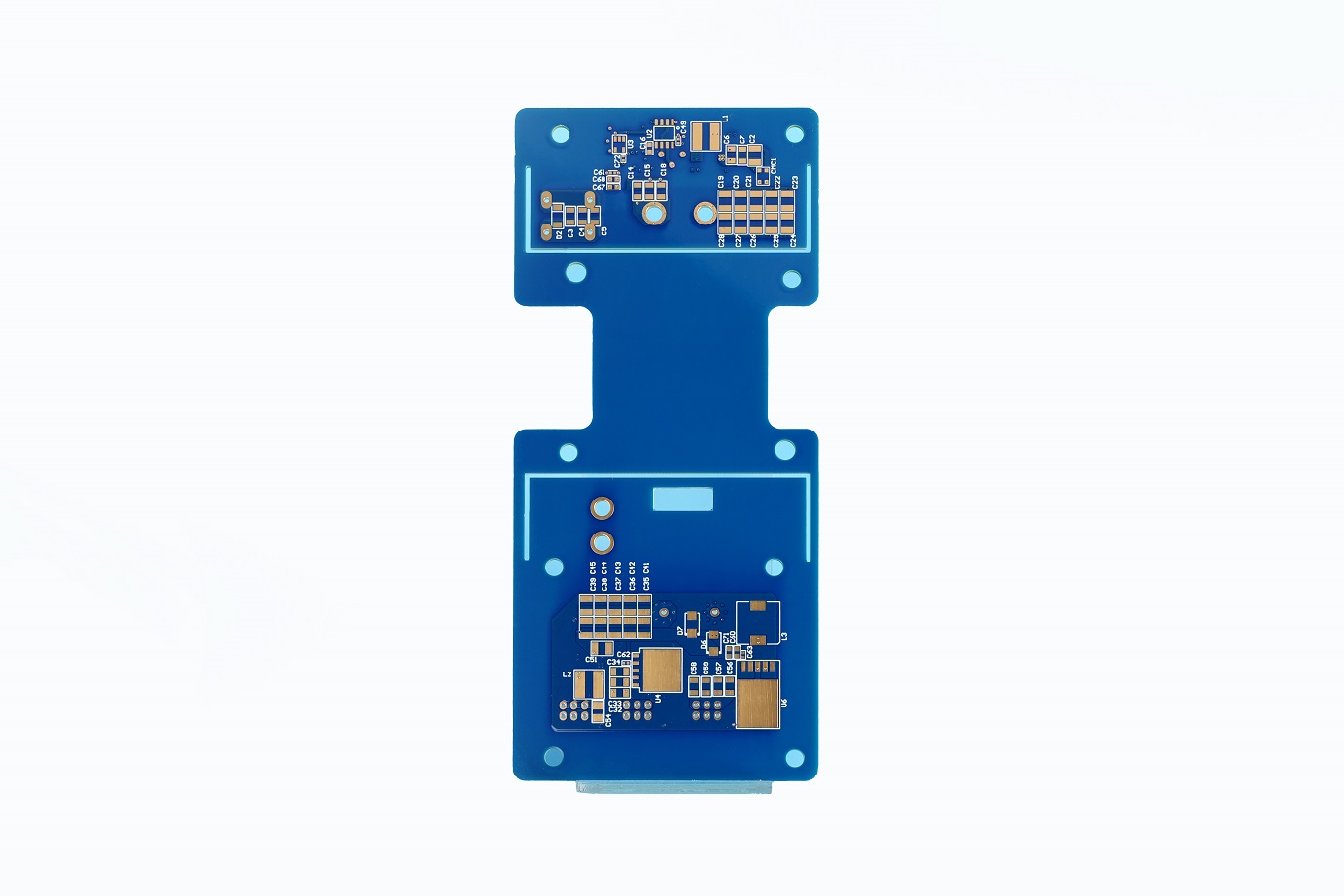




.jpg)

